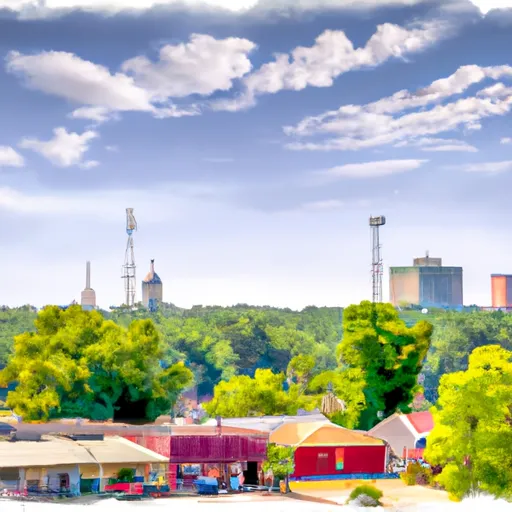°F
°F
mph
Windspeed
%
Humidity











Holly Bluff is a small rural community located in Yazoo County, Mississippi. The town experiences a humid subtropical climate, characterized by hot summers and mild winters. Average high temperatures in the summer can reach the mid-90s Fahrenheit (35-36 degrees Celsius), while winter temperatures hover around the 50s Fahrenheit (10-15 degrees Celsius). Precipitation is fairly evenly distributed throughout the year, with a slightly wetter period in the late winter and early spring.
Hydrology in Holly Bluff is heavily influenced by the nearby Yazoo River. The river provides a water source for the community and supports various wildlife species. The area is also known for its numerous small lakes and ponds, offering opportunities for fishing, boating, and wildlife observation.
Outdoor recreation enthusiasts can explore the Holly Bluff area to enjoy activities such as hunting, hiking, and camping. The region is abundant in wildlife, including deer, turkeys, and waterfowl, providing ample opportunities for hunting enthusiasts. The Holly Bluff Marina offers access to the river and provides facilities for boating and fishing. The surrounding natural beauty and serene environment make Holly Bluff an ideal destination for those seeking outdoor adventures.
Weather Forecast
Holly-Bluff receives approximately 1424mm of rain per year, with humidity levels near 84% and air temperatures averaging around 18°C. Holly-Bluff has a plant hardyness factor of 8, meaning plants and agriculture in this region tend to thrive here all year round.
Regional Streamflow Levels
3,260
Cubic Feet Per Second
5,940
Cubic Feet Per Second
220
Cubic Feet Per Second
153
Cubic Feet Per Second
Nearby Camping
| Camping Area | Reservations | Toilets | Showers |
|---|---|---|---|
| North Rec Composite | |||
| Leroy Percy State Park | |||
| Float Camp | |||
| Cuivre River State Park | |||
| Deer Leap | |||
| Tickfaw State Park |



